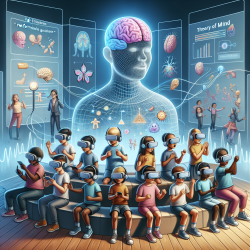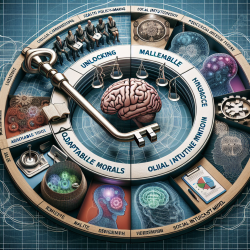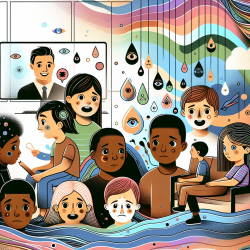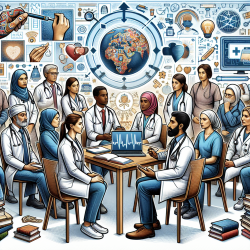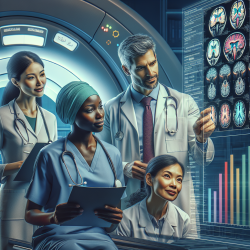Welcome to the World of NLP in Clinical Text
In the ever-evolving field of healthcare, the integration of technology has become a pivotal aspect of improving patient care and operational efficiency. One such technological advancement is the use of Natural Language Processing (NLP) in analyzing clinical text. A recent study titled "Evaluation of a Concept Mapping Task Using Named Entity Recognition and Normalization in Unstructured Clinical Text" explores the feasibility and accuracy of NLP in extracting clinical concepts from unstructured text. This blog aims to provide practitioners with insights on how to leverage these findings to enhance their skills and encourage further exploration in this area.
Understanding the Study
The study focused on using a commercial NLP engine, Linguamatics I2E, to extract a wide range of clinical concepts from free text clinical letters. The engine was assessed based on its precision, recall, and F1 score, with particular attention to semantic types and contextual attributes like negation. The results showed promising F1 scores, indicating that the NLP engine could effectively identify structured clinical concepts from unstructured text.
Why This Matters for Practitioners
For practitioners, especially those involved in online therapy services like TinyEYE, understanding and implementing NLP can significantly enhance the documentation process. By automating the extraction of clinical concepts, practitioners can save time and reduce the potential for human error in manual reviews. This efficiency allows for more focus on patient care and less on administrative tasks.
Practical Applications
Here are some ways practitioners can apply the findings of this study:
- Enhanced Documentation: Use NLP tools to automatically populate problem lists and clinical notes, ensuring that all relevant information is captured and easily accessible.
- Data Mining: Utilize NLP to extract valuable insights from clinical narratives, aiding in research and decision-making processes.
- Real-Time Applications: Implement NLP in real-time applications to assist in creating structured data from free text, facilitating quicker decision-making and improving patient outcomes.
Encouraging Further Research
While the study shows promising results, there is always room for improvement and further exploration. Practitioners are encouraged to delve deeper into the world of NLP and consider how these tools can be tailored to fit specific needs within their practice. Collaboration with technology experts can lead to the development of more advanced systems that can handle a broader range of clinical scenarios.
Conclusion
The integration of NLP in clinical text analysis is a game-changer for healthcare practitioners. By embracing these technological advancements, practitioners can improve efficiency, accuracy, and ultimately, patient care. We encourage you to explore the original research for a more comprehensive understanding of the study and its implications.
To read the original research paper, please follow this link: Evaluation of a Concept Mapping Task Using Named Entity Recognition and Normalization in Unstructured Clinical Text.




